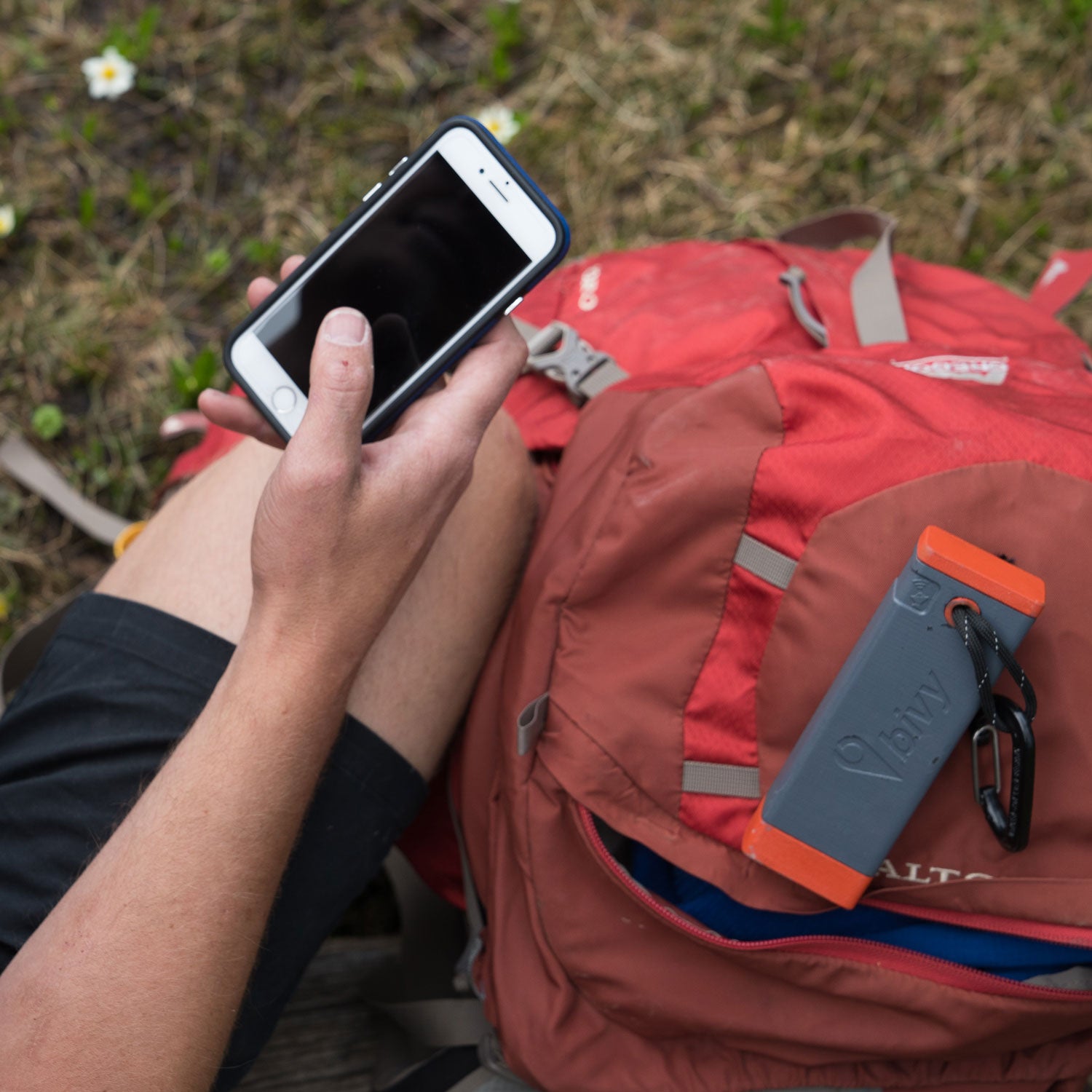Satellite communication��tools are a big investment. The devices cost hundreds of dollars��and require subscription plans that come with startup costs and monthly fees. They’re a good option��if you’re heading into��the backcountry, where cell service is nonexistent, but the cost of a contract—and the logistics of remembering when to activate and deactivate it for specific��trips—is enough to turn many away. And for those who venture off the grid only occasionally, it may simply not��be worth the expense. A startup called Bivy wants to fix that.
Bivy��launched two years with a flagship ��similar to�� for hiking and for climbing. Unlike those apps, however, Bivy isn’t single-sport focused. Pins on the map can represent��everything from climbing crags to backcountry ski routes��to river put-ins, with detailed course descriptions and information on mileage��and��elevation gain. Users can filter by activity��and even by style (say, if��you want to find a chute to ski, a crack to climb, or a waterfall to hike to), track their travels, and share their location with friends—at least��when in range of a��cell tower.��
Now founder Vance Cook is to launch a satellite communication��tool that will allow users to continue using the app to stay in contact with friends and family when cell signals fade. Shipping in September, the Bivy Stick��($300) works like many other sat comm tools��(think��Garmin’s InReach), using the Iridium network to send messages, receive weather updates, and call for rescue via an SOS button. However, the Stick itself doesn’t have a keypad, screen, or physical SOS button. Instead, it uses Bluetooth to to put��those functions on your smartphone’s screen.
The Bivy Stick comes just months after rollout of a similar device, called the��Somewear, created by a group of Silicon Valley developers. Like the Bivy Stick, the Somewear��acts as a conduit between your phone and the Iridium��network, enabling you to send messages and SOS signals from the backcountry.��
What’s different about the Bivy��Stick? It entails no��startup cost, contract, or��monthly fee. Instead��you buy credits. One credit equals one action (a text, a weather update, a two-hour period of location tracking). The base emergency��package—ten credits—costs $18, and users pay extra for additional credits.��Instead of purchasing a month’s worth of data you may never use, you can get just enough for��a few days. The only caveat: the credits expire after 30 days, unless you pay a small fee��to roll them over.
In many cases, the monthly plans offered by Garmin will be cheaper than Bivy’s credit system. Garmin’s cheapest plan is $15 per month (plus a onetime $25 activation fee)��for ten custom messages, unlimited preset messages, and ten-cent��location pings, and it can be��suspended when the device isn’t in use. But the��Bivy Stick is cheaper than most of its competitors:��$130 more expensive than the ($170), but $50 cheaper than the Garmin�� ($350) and $150 cheaper than the ($450).��
With comparatively��low entry costs and a relatively high level of user-friendliness,��the Bivy Stick may be ideal for weekend warriors��and dollar-conscious athletes who need to send only a single message or location ping and are turned off by the hassle of frequently activating and suspending a subscription plan—in other words, the very people who might otherwise never invest in a sat comm��device.
Of course, there’s a drawback to a sat comm��device that works through your smartphone: cell batteries die. Bivy addresses this by equipping the Stick with a 6,000 mAh battery��that the company claims can keep a cell phone set to��airplane mode charged for three days. The device is 1 by 2 by 5.8 inches, like a larger version of the charger, and could easily take the place of the power pack you already carry in your pack.��
We’ll be getting our hands on a test model soon��and look forward to putting it through its paces.��


